Building of the Day: 193-195 9th Street
Editor’s note: An updated version of this post can be viewed here. Brooklyn, one building at a time. Name: Originally row houses, then Our Saviour’s Danish Evangelical Lutheran Church, now American Legion Post 1636 Address: 193-195 9th Street Cross Streets: 3rd and 4th avenues Neighborhood: Gowanus Year Built: 1860s, remodeled as a church in 1885,…

Editor’s note: An updated version of this post can be viewed here.
Brooklyn, one building at a time.
Name: Originally row houses, then Our Saviour’s Danish Evangelical Lutheran Church, now American Legion Post 1636
Address: 193-195 9th Street
Cross Streets: 3rd and 4th avenues
Neighborhood: Gowanus
Year Built: 1860s, remodeled as a church in 1885, more alterations, 1928
Architectural Style: Italianate under it all
Architect: Unknown
Landmarked: No
The story: As Gowanus grew as an industrial area, the thousands of workers who worked in the factories, warehouses and piers needed homes for themselves and their families. By the dawn of the Civil War, in 1860, a row of small two story Italianate row houses was built here on the eastern side of 9th Street, part of the effort to meet local housing needs. They weren’t fancy or grand; they were utilitarian houses for the working class. Most of them were probably subdivided into apartments or rented out as boarding house rooms. There were not too many people here who could afford an entire house.
As the war began in earnest, most people here were probably not aware that they lived on top of a battlefield themselves. This entire area was the site of the Battle of Brooklyn, where the newly minted Continental Army was almost destroyed at the very beginning of the Revolutionary War, in 1776. The British had far superior forces, training and guns, and the Americans soon found themselves retreating towards the harbor.
A brave band of 400 men from the Maryland militia stayed on the field to provide cover for George Washington and his retreating army. The British killed 256 of them on the battlefield, and many more would die later. But they held the line until the Continental Army could escape across the river to New Jersey to fight again. The Battle of Brooklyn was the bloodiest battle in the entire war.
America was now the place that immigrants from all over the world wanted to come to for a new life, and new economic possibilities. People came from all over, including the Scandinavian countries. The Danes were one of those groups, arriving in large numbers in the 1880s. Most of the people from Denmark were farmers who continued on to the Plains States and the west, but many were also mariners, experienced ship builders and those familiar with the other occupations involved in shipping and sea commerce. They found Brooklyn to be an ideal place to call home.
Our Saviour’s Danish Evangelical Lutheran Church was founded by some of the first Danes in the neighborhood, in 1857. The first pastor of the church was the Rev. Rasmus Anderson. They first worshipped in people’s homes or rented spaces. By 1886, they had gathered enough money to buy these two adjoining row houses. They altered the spaces to create a large hall in 193. It was used as the church, a meeting room and school house. There was also a study on the second floor. Next door, the other building was reserved for the rectory.
According to an extensive article in the Brooklyn Eagle, the worship space consisted of a very plain room, devoid of decoration or luxury. The floors were wooden, with no carpeting, and the room could be filled with plain chairs. At the front of the church, the only ornament in the building appeared. There was a screen, behind which was the altar, which had two plain silver candlesticks, a cross, a chalice and plate and the Bible. There was also a pulpit on one side. The church also had a parlor-sized organ, and a baptismal font area.
By 1888, when the article was written, the church had been in this space for only two years, and the church was still growing, as more Danes and other Scandinavian people began attending. The church was already planning to add a back extension to the building. They were actively fund raising, and the church was getting financial help from several Danish shipping lines, as well as from the Foreign Minister from Denmark, Count Wilhelm Sponnok, who had his infant son baptized here earlier that year. By the early 20th century, both the interior and exterior resembled the traditional church it had become, as evidenced in post cards shown below.
Our Saviour’s Danish Church stayed here until 1957, when they merged with the Danish Seaman’s Church at 102 Willow Street, in Brooklyn Heights. Much earlier, in 1928, they altered the façade further by creating a bump out entrance to the church. At some point, they also appropriated the pastor’s house into the space to create a large hall and offices. At some point, the two building making up the church fund themselves alone, and the other houses were all torn down at some point.
After the Danes moved out, they sold the building to the American Legion, one of the nation’s oldest veterans’ organizations. In 1962, the church became the Michael A. Rawley Jr. American Legion Post Number 1636. This particular Legion was thrilled to be so near the site of the Battle of Brooklyn, and the birth of American military history. They made only minimal changes to the exterior of the building. The building is only steps away from the corner of 3rd Avenue and 9th Street, where the 256 Maryland dead were once buried. The American Legion chapter is still going strong. GMAP
(Photo: Kate Leonova for PropertyShark)
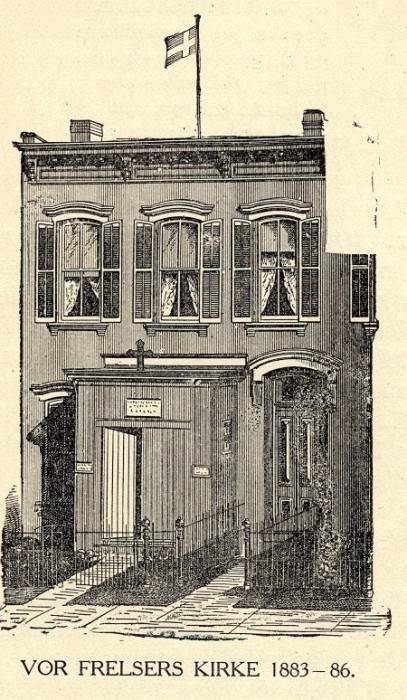

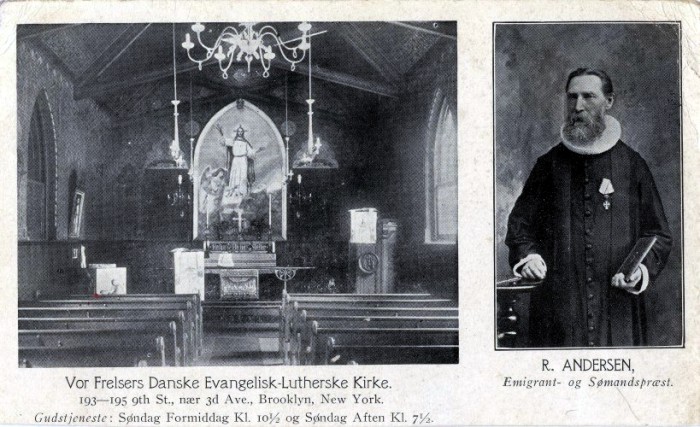

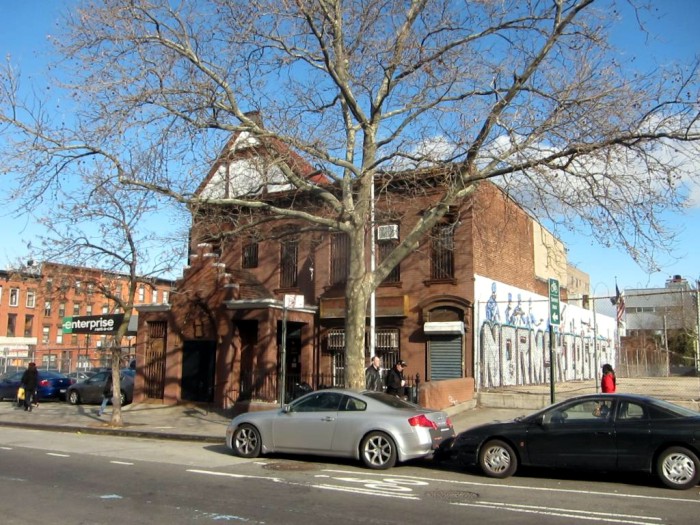

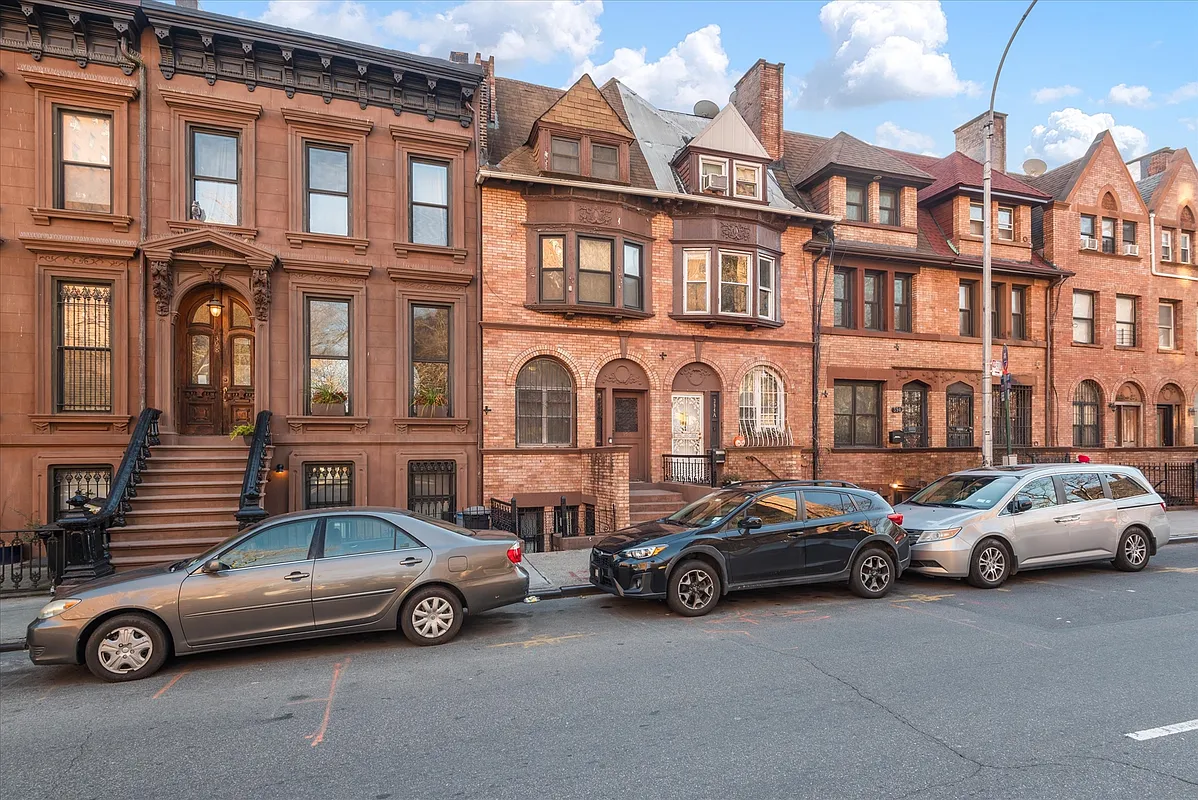
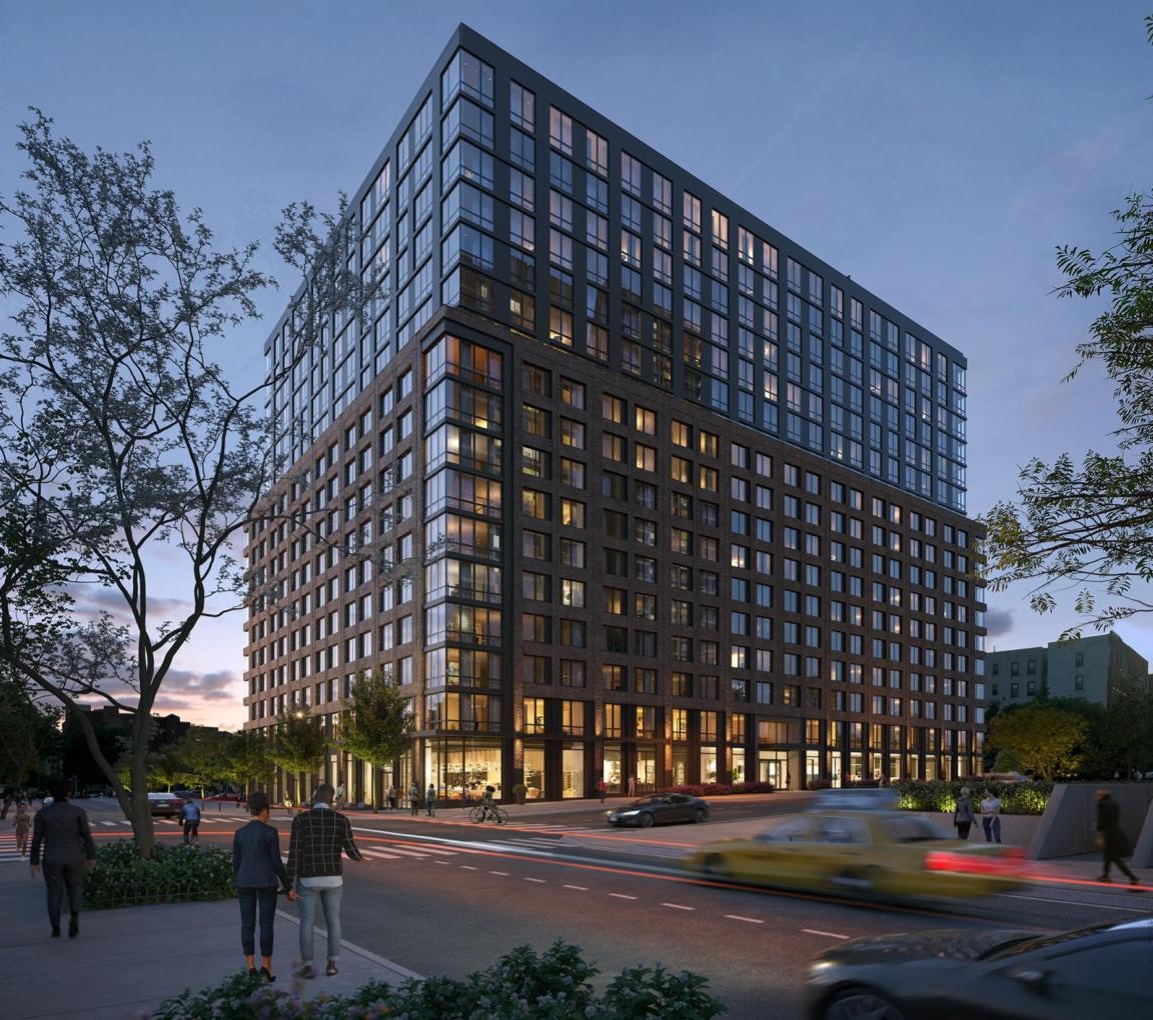
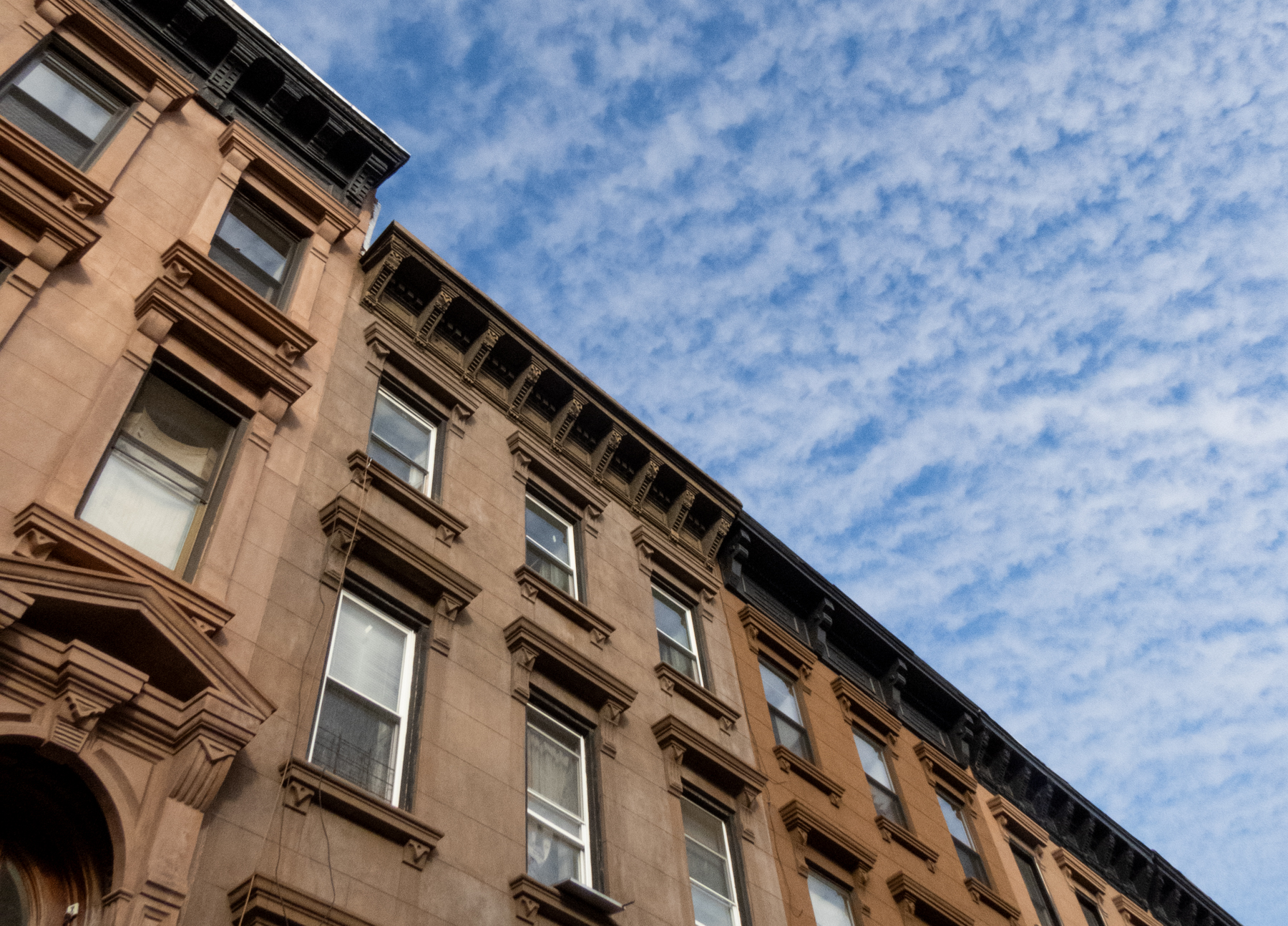





What's Your Take? Leave a Comment